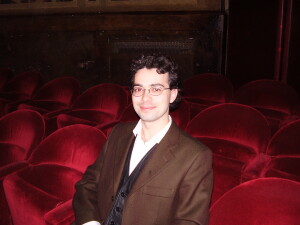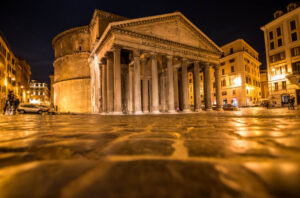MUSICAL INSTRUMENTS NATIONAL MUSEUM in ROME Private tour
+39 389 59 75 184 info@rusrim.com +39 329 448 3644 Excursion in Rome with private guide and car Private car tour in Rome Private tour in Rome 6 pax – Eur 60 / h – Max 10 pax + Private Guide with car All private car tours in Rome – tours around Rome – Tivoli […]



 Русский
Русский Български
Български Français
Français